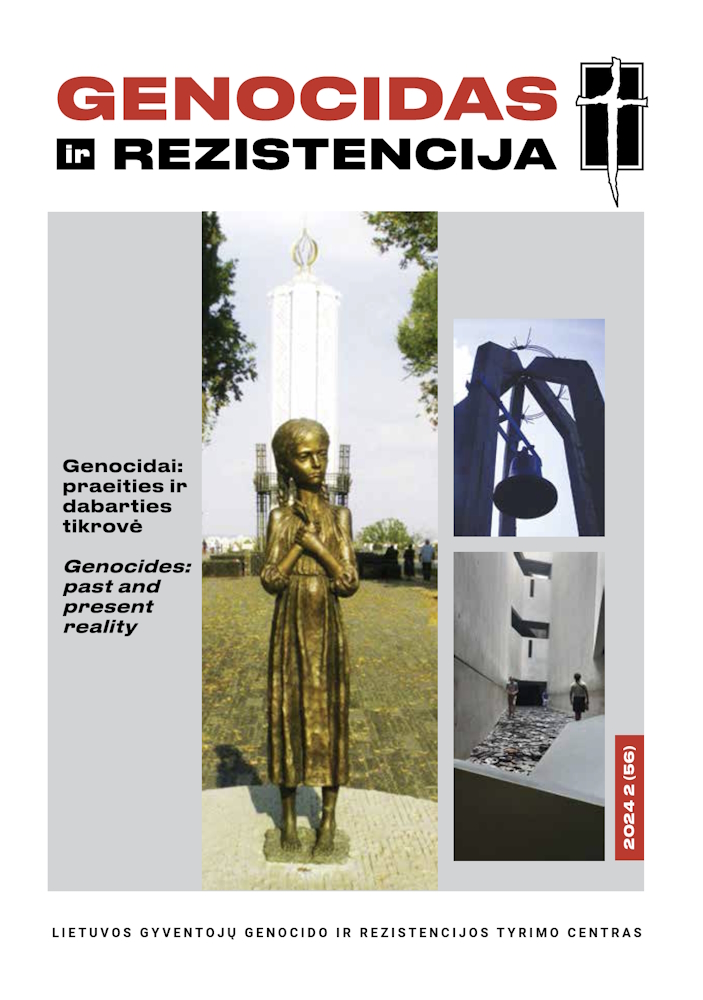Focus and scope. Genocide and resistance (Genocidas ir rezistencija) – it is periodical publication issued by scientists of Lithuanian genocide and resistance research Centre of Lithuania from 1997. It publishes newest researches about crimes of Nazi and soviet totalitarian regimes against Lithuanian people, impact of their policy toward Lithuanian economy, culture, mentality, demography, people’s life in the period in 1939-1991, also armed and unarmed resistance against totalitarian regimes and emigration activity in the West.
In addition, it publishes researches of other countries, that suffered Nazi or soviet occupation about their experience and casualties. They brings us to better understanding of those historical periods and understanding of each other. In addition, this journal presents authentic historical resources, memoirs, reviews of books, student works, scientific and other events.
Journal Genocide and resistance tries to present researches that reflect the past, but also analyses impact to our state, to its present, future.
We want that this journal would be interesting not just historians but to all the people who are interested in history.
Publication frequency - two volumes per year.
Languages. The journal accepts articles in Lithuanian with English resumes.
Charges. The journal does not charge article processing charges or submission charges.
Indexed in: Lituanistika.
We are member of the Initiative for Open Citations (i4OC) which is a multi-stakeholder project to make scholarly citation data openly available to enable the creation of new and better metrics.
We are members of the The Initiative for Open Abstracts (I4OA) which is a collaboration between scholarly publishers, infrastructure organizations, librarians, researchers and other interested parties to advocate and promote the unrestricted availability of the abstracts of the world's scholarly publications, particularly journal articles and book chapters, in trusted repositories where they are open and machine-accessible.
The journal is a participant of Open Archives Initiative. The Open Archives Initiative Protocol for Metadata Harvesting (OAI-PMH) is a low-barrier mechanism for repository interoperability.







